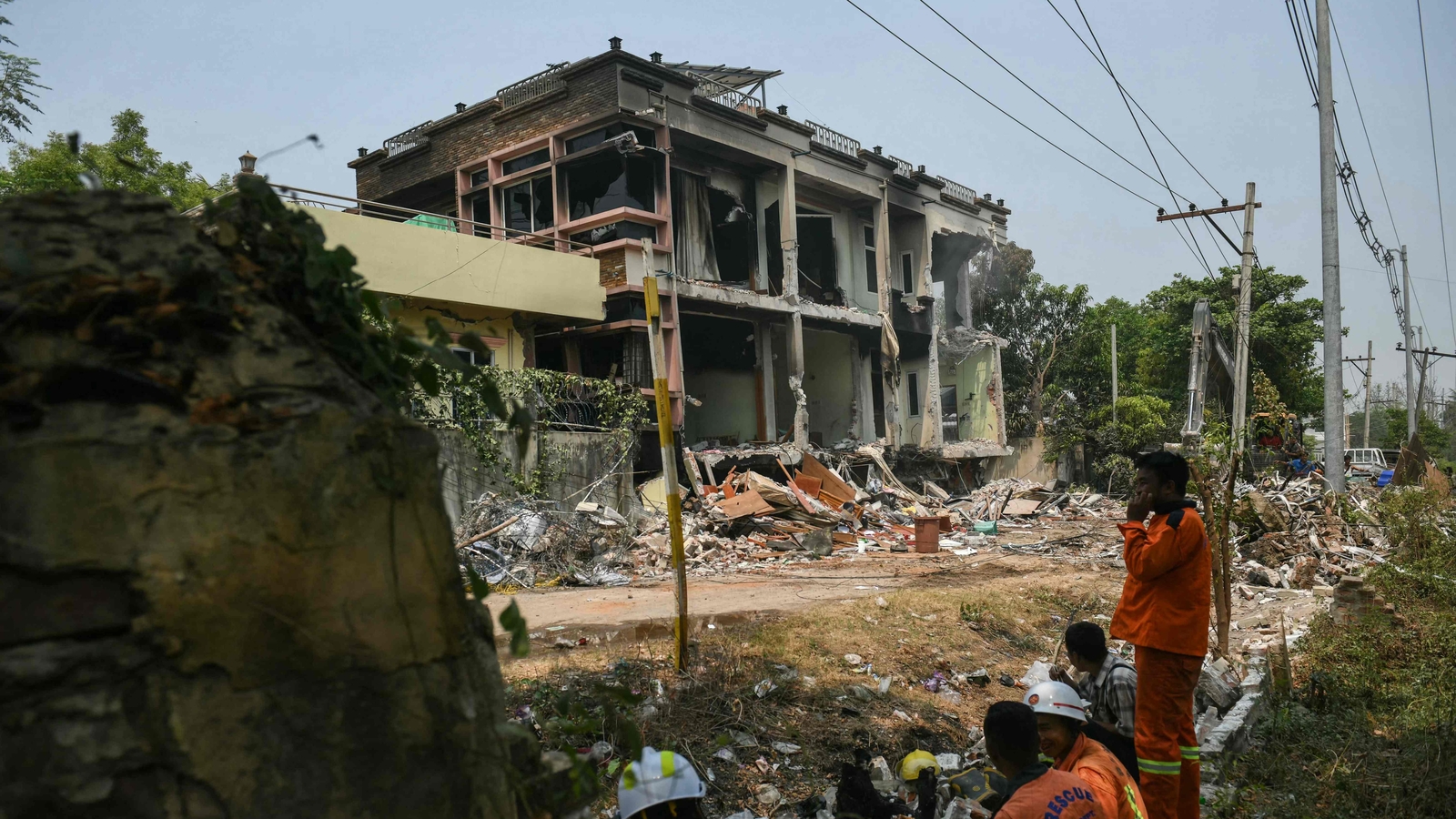
Earthquake disaster in myanmar: severe impacts and international relief efforts
 Situation in Myanmar
Situation in Myanmar
As of April 3, 2025, the death toll in Myanmar has exceeded 3,000, with more than 4,700 injured and 341 missing. The earthquake has destroyed thousands of buildings and severely damaged infrastructure, including 32 hospitals and 18 medical centers, five of which were completely destroyed.
Survivors are facing harsh living conditions, having to shelter outdoors in high temperatures of around 38°C (100°F), increasing the risk of disease outbreaks such as cholera, malaria, and dengue fever due to poor sanitation and damaged healthcare facilities. The World Health Organization (WHO) has prepared $1 million in relief supplies and warned of rising health threats if unseasonal rains expected from April 6 to 11 further worsen the situation.
Relief efforts are being hindered by the ongoing civil conflict in Myanmar. Both the military government and the main rebel alliance have declared a temporary ceasefire to facilitate humanitarian efforts. However, some reports indicate that military activities continue, obstructing aid access.
Situation in Thailand
In Thailand, the earthquake also had significant effects. In Bangkok, a building collapsed, killing 22 people and injuring 35. Rescue teams, including search dogs, have been deployed to locate survivors in the rubble.
International Response
China quickly provided aid to Myanmar, sending rescue teams and $100 million worth of relief supplies. India and Russia have also contributed by setting up mobile hospitals and providing emergency aid. Meanwhile, the United States has pledged $2 million and planned to send a three-member assessment team, but visa issues have delayed their arrival on the ground.
Vietnam’s Support
In response to Myanmar’s request for assistance, on March 30, 2025, Vietnam provided an emergency aid package worth $300,000 and dispatched a 106-member rescue team from the Ministry of National Defense and the Ministry of Public Security to Yangon Airport to assist in earthquake relief operations.
Among them, the Ministry of Public Security sent a 26-member emergency response team, led by Colonel Nguyen Minh Khuong, Deputy Director of the Department of Fire Prevention, Firefighting, and Rescue (C07). The team arrived in Myanmar on the evening of March 30 to support search and rescue efforts.
Aftershocks
Following the 7.7-magnitude earthquake, several significant aftershocks have been recorded. On March 30, a 5.1-magnitude aftershock occurred at 07:08 UTC, followed by another measuring 4.3 at 08:37 UTC. Additionally, on March 31, a 4.1-magnitude aftershock was recorded at 19:11 UTC. These aftershocks have caused further damage and complicated rescue and relief efforts in Myanmar.
The situation in Myanmar remains critical, with ongoing relief efforts facing significant challenges. Continuous aftershocks and political instability make aid operations difficult. The international community continues to monitor and support Myanmar in recovering from this disaster.